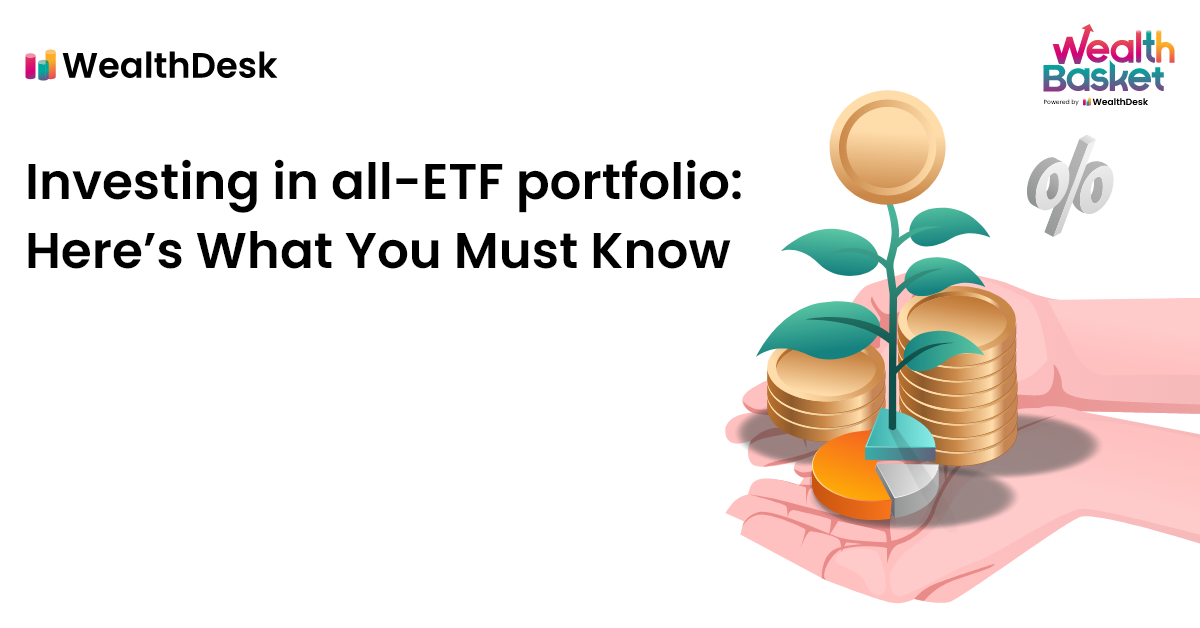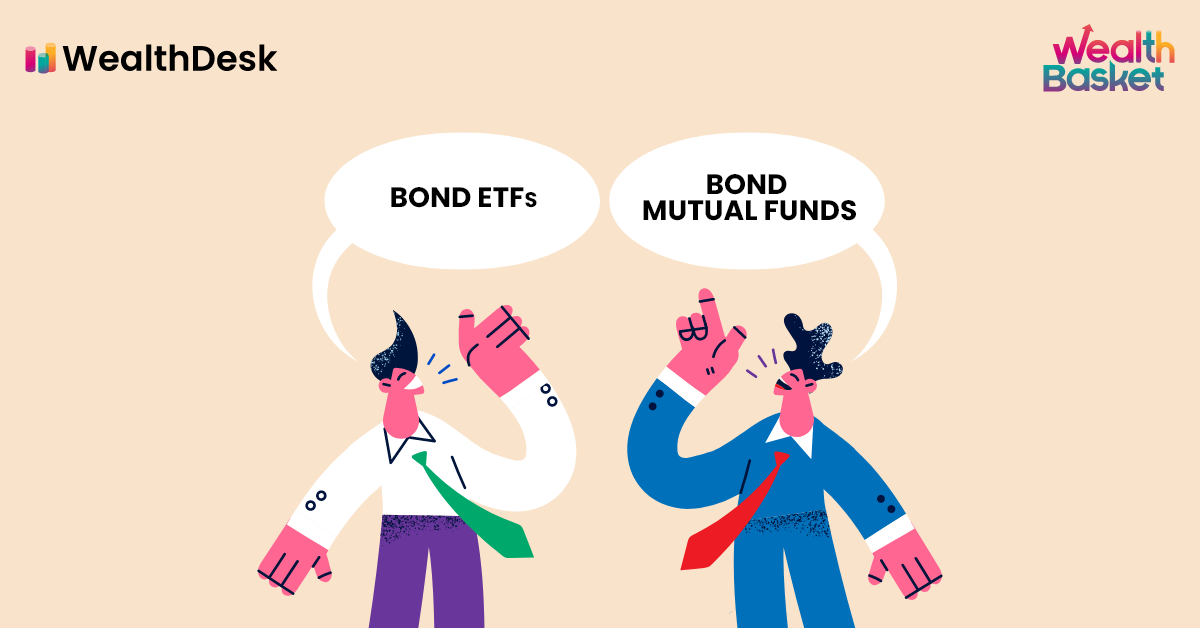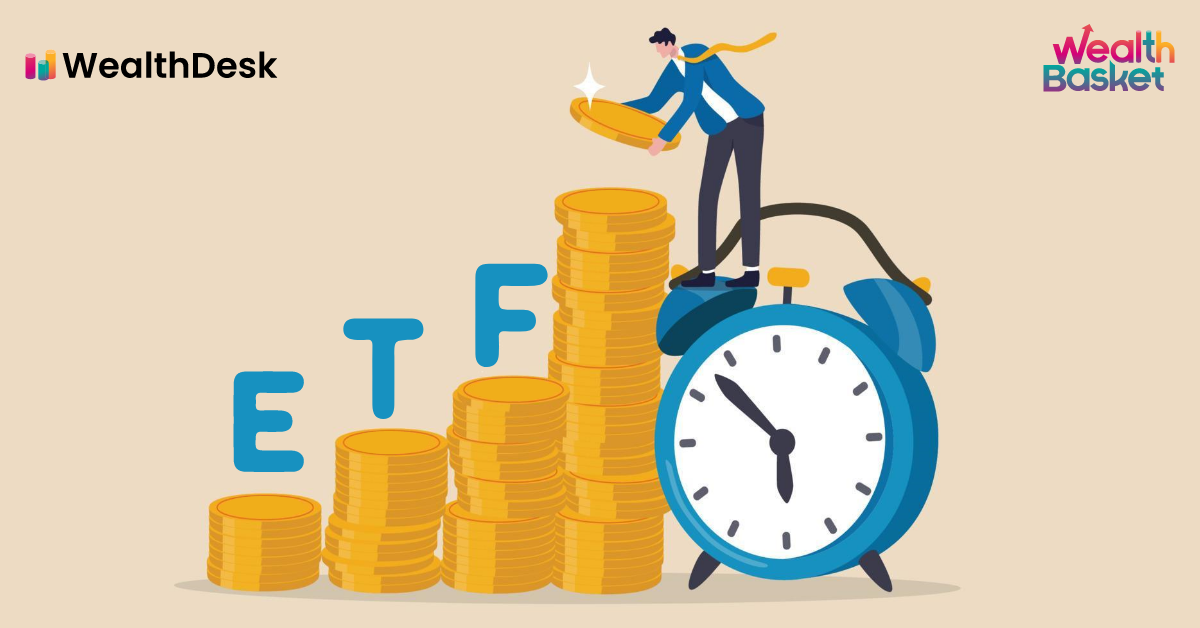While diversification is the key to optimizing your returns on investments, building an all-ETF portfolio could ease your job since it consists of only ETFs of different categories. Many investors try different combinations of adding ETFs in their portfolios along with other securities. Still, it is also possible to give away your actively managed funds and build a portfolio consisting of only ETFs of different categories.
This article gives you insights into an all-ETF portfolio strategy, how it works, and a list of some of the best conservative ETF portfolios to consider.
What is All-ETF Portfolio Strategy?
An all ETF portfolio strategy refers to withdrawing your current investments from the actively managed funds to replace them with the ETFs. They add various ETFs from different sectors, asset classes, or indexes.
However, should you give up all your investments in other securities to invest all your funds in ETFs? It usually depends on your investment goals and your desirability to take chances. Since ETFs are low-cost, well-diversified instruments, you may still have a diversified portfolio if you had only ETFs in your basket.
How does it Work?
To build an all-ETF portfolio, you will have to review your portfolio first and be ready to give up all of them. If you have even a slight amount invested in the other instruments, it will not make it an all-ETF portfolio.
Once you have already given up your investments in actively managed funds and other securities, you can now start adding various ETFs to your portfolio that only consists of ETFs of different categories.
Few Best Conservative ETF Portfolios to Consider
Permanent ETF Portfolio
The idea of a permanent ETF portfolio originated from an investment analyst, Harry Brown’s book on ‘Fail-Safe Investing.’ It allocates shares, gold bullion, cash, and bonds equally at 25%. The permanent ETF portfolio is a design that works in all financial conditions.
The permanent ETF portfolios require allocating your ETFs into debt, equity, cash, and gold in an equal ratio of 25%. Hence, it eases your job to decide which asset allocation ratio to select and in which proportion to invest your money in various categories.
Complete ETF Portfolio
A complete ETF portfolio requires you to invest in a mix of sector ETFs and bond ETFs. Thus, it offers diversification to create the portfolio across equity and debt while also giving you the flexibility of trading on the stock exchange.
Debt Holding Bond ETF Portfolio
Debt holding bond ETFs invest their funds only in bonds. Like all other ETFs, they track an underlying investment product or correlating index. But the similarity ends there, for they are less liquid and are fixed-income assets, unlike the other ETFs. Secondly, their prices are unclear because they don’t follow the traditional pricing approach.
The portfolio comprises long and short-term bonds with different particular strategies. You can manage these conservatively and trade them on significant stock exchanges.
Gold ETF Investment
Gold ETFs in India is a conservative investment option that invests in bullion and tracks its index on gold prices. The value of a Gold ETF is a gram of pure gold. The Gold ETF returns are higher than any other gold investment if the investor has large sums of money and is willing to invest it for the short term.
Should You Consider Investing in an All-ETF Portfolio?
You may consider having an all-ETF portfolio to align your investment goals with your objective of investing in such portfolios. Once your goals and objectives are aligned, you may consider reviewing your risk profile, return expectations, research orientation, etc., to plan a strategy to switch from the existing portfolio to an all-ETF portfolio.
You should consider investing in the all-ETF portfolio if
- You want a single shot investment option that diversifies, optimizes the returns and minimizes the risks.
- You are a beginner investor and want to explore other securities only once you fully understand them.
- You want greater exposure across sectors, commodities, and stocks but have no time to study all of them.
- You want a cost-effective instrument option that helps you minimize the risks.
You should not consider investing in an all-ETF portfolio if
- You can not give up all your existing investments,
- You are an expert investor, and know how to play your bit,
- You want to control which company’s stocks you will invest your money in,
- You are against having a single option investment strategy (all-ETFs) in your portfolio.
Conclusion
Although many investors use a combination of stocks, mutual funds, gold, and bonds in their portfolio, an all-ETF portfolio will also reflect holding other securities in your portfolio through ETFs.
There is no concrete answer to which could be the best investment strategy because it depends on your preferences and risk-taking ability. However, you can pick baskets of ETFs already created by industry professionals to create your all-ETF portfolio.
At WealthDesk, our SEBI-approved investment analysts have made WealthBaskets that consist of stocks or ETFs reflecting an investment strategy or theme.
FAQs
A conservative portfolio refers to having low-risk securities, and hence, it is created with a significant portion of low-risk securities giving you better returns than traditional instruments.
Since they are well-diversified, low-cost instruments, starting your investment journey by investing in ETFs could be a good strategy, especially when you do not have stock market knowledge.
Having multiple ETFs across various categories is similar to holding other securities in your portfolio since ETFs duplicate the index performance of an underlying asset. Hence, you can diversify your portfolio by investing in multiple ETFs.


















